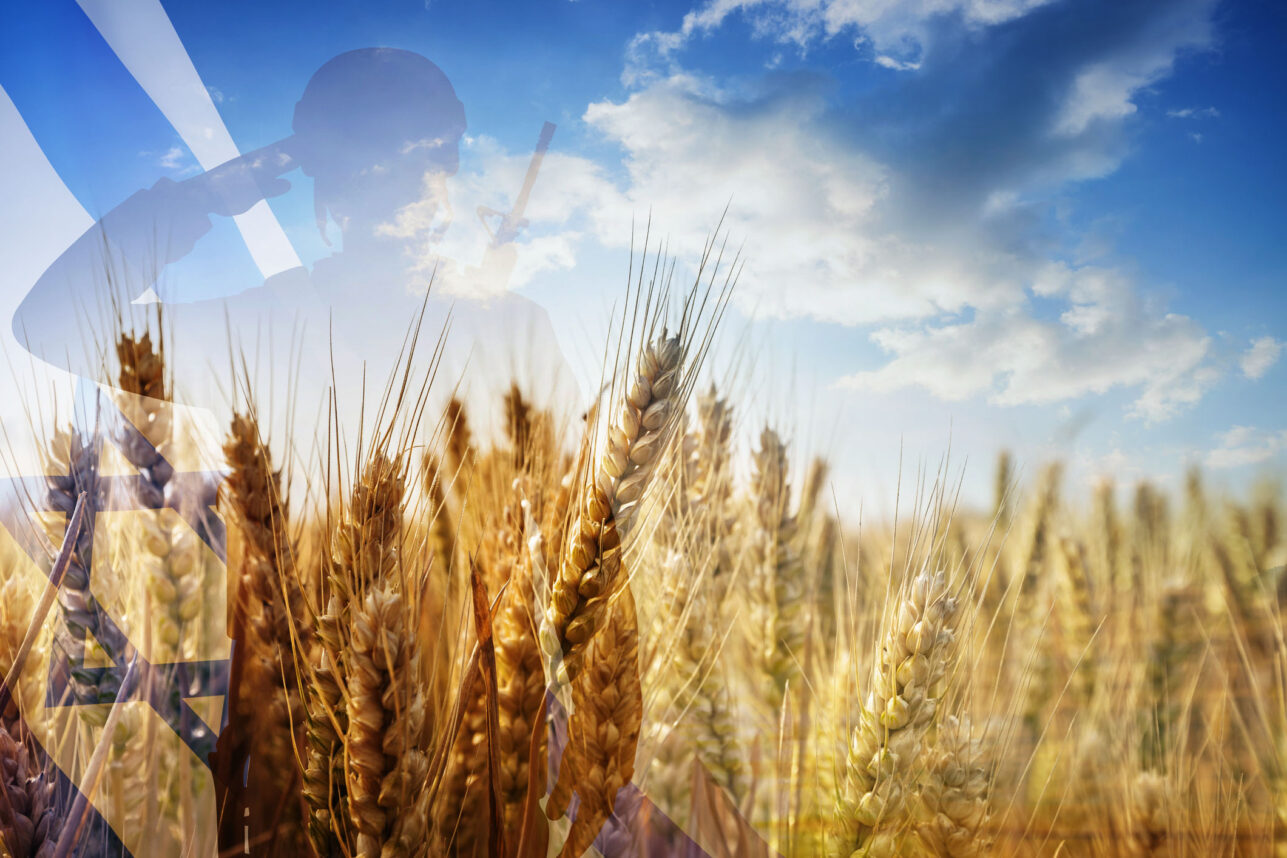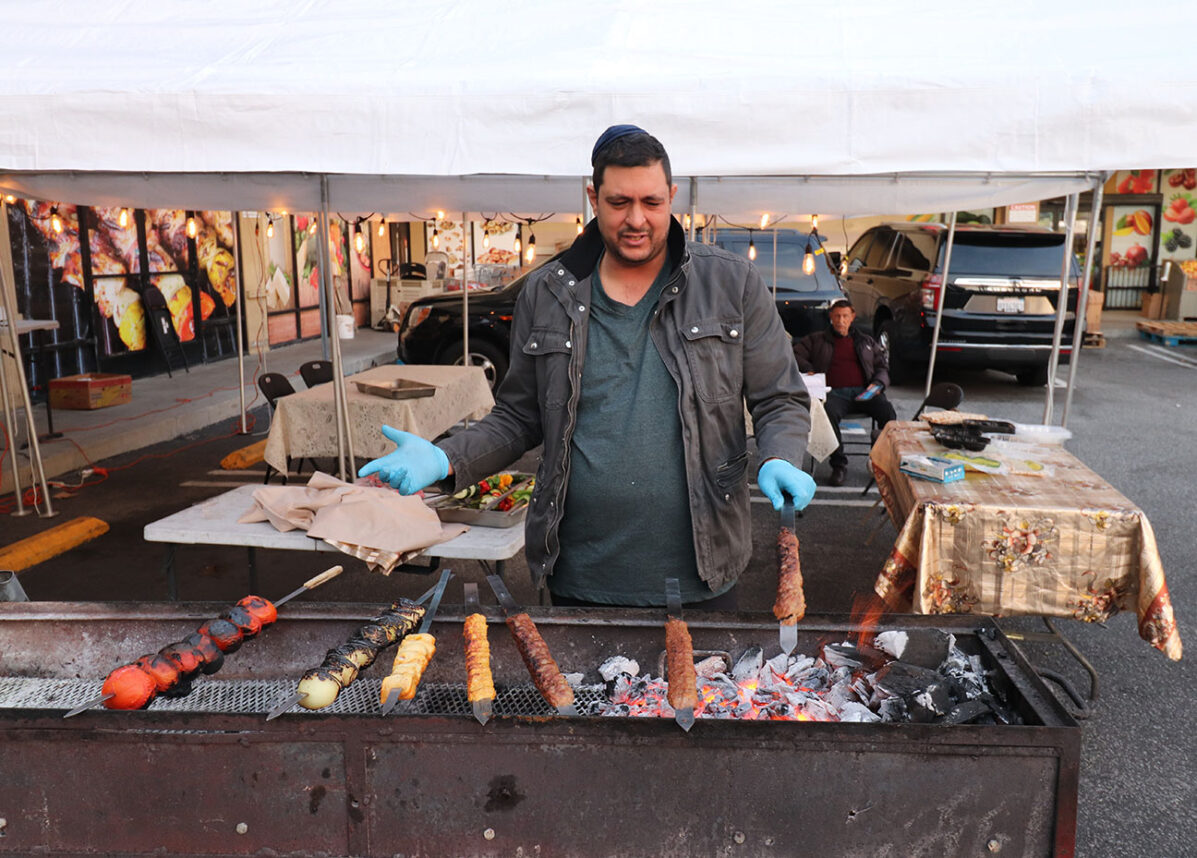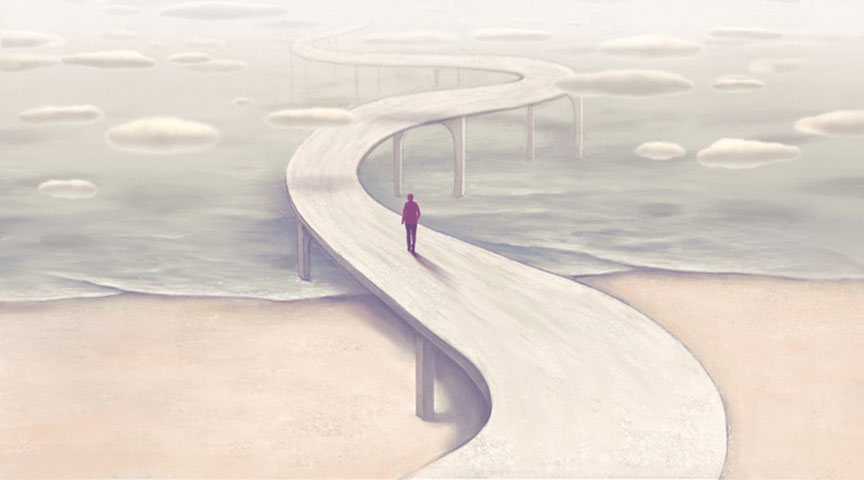A demon king morphs into a King Solomon look-alike in Mark Podwal’s eerie illustration for Elie Wiesel’s children’s story, “King Solomon and His Magic Ring.” A cartoonish ghostly silhouette looms over tombstones in Barbara Rogasky’s “Dybbuk.” A misanthropic ogre, whose name means “fear” in Yiddish, becomes the hero of William Steig’s 1990 book “Shrek!” — now a successful movie franchise. And an angst-ridden potato pancake desperately seeks Chanukah in Lemony Snicket’s “The Latke Who Couldn’t Stop Screaming.”
A thriving bestiary makes up the more than 100 original works of art and texts in “Monsters and Miracles: A Journey Through Jewish Picture Books,” at the Skirball Cultural Center through Aug. 1. Golems, goblins, demons, witches and mythical beings from the Bible and beyond are on display in what is the most comprehensive museum show ever to spotlight the significant contributions that Jewish artists have made to children’s literature. The collages, paintings and other work by artists ranging from Marc Chagall to Art Spiegelman trace the Jewish picture book from its roots in medieval haggadot to 20th- and 21st-century works in which pictures drive the story as much as the text.
The idea for the exhibition began with the musings of cultural critic Ilan Stavans, a Mexican-American Jew who, after immigrating to the United States in 1985 at age 24, became enthralled with picture books featuring Jewish content or sensibilities that he discovered at the public library. “I became fascinated by how Jews had used storytelling to shape our identity as a people and to contain memories of the past,” Stavans explained.
The Jewish picture book industry, he said, is largely an American, post-World War II phenomenon. The trend took off as refugees and survivors of Nazi Europe arrived in the United States and encountered a burgeoning publishing industry eager to embrace their talents. Renowned authors such as Isaac Bashevis Singer, who had previously written only for adults, were persuaded by ambitious editors to create children’s literature with prominent artists; Singer’s story “The Grandmother’s Tale,” for example, is brought to life by Maurice Sendak’s drawings of a devious devil whose shtetl clothing barely disguises his wings and cloven hooves.
Sendak revolutionized the way monsters are perceived in children’s literature, as well as the picture book genre itself, in his 1963 classic, “Where the Wild Things Are.” “The plot is propelled forward by a series of evocative illustrations wrapped up in 10 terse sentences,” Skirball exhibition co-curator Tal Gozani said of the book. In the story, a naughty boy named Max tames Wild Things inspired by Sendak’s Yiddish-speaking relatives, who had terrorized him as a child with comments such as, “You’re so cute, I could eat you up.” “He fully believed that if his mother didn’t hurry up with the cooking, they probably would,” Gozani said.
The book inspired other authors to reimagine monsters in picture books as “role models for coping with difficult childhood emotions and experiences,” she added.
In “Shrek!” Steig’s vibrant, humorous illustrations of the repulsive yet self-assured ogre demonstrate that even a social outcast who emits “awful fumes” can find love and live “horribly ever after.”
Just as “Shrek!” can be perceived as a metaphor for the Jew in a hostile non-Jewish world, the “Curious George” books parallel the experience of their creators, Margret and H.A. Rey, German Jews who fled Hitler with their preliminary manuscript about the precocious monkey in tow. At the Skirball, images from “Curious George” are on display next to Allan Drummond’s drawings from “The Journey That Saved Curious George:
The True Wartime Escape of Margret and H.A. Rey” (HMH Books, 2005). The pen-and-ink illustrations depict the couple as they bicycle into France amid streams of refugees, then huddle in the hold of a ship bound for Brazil and finally arrive, beaming, in New York Harbor with their manuscript intact. “Of course, Curious George was never intended to be a Jewish creature,” co-curator Neal Sokol wrote in the exhibition’s catalog.
“But one cannot forget the courage of the Reys, who, along with their simian creature, fled … Europe.”
Stavans agreed. “The curious monkey who is always running away and always getting in trouble, becomes an emblem of their escape,” Stavans said. “The idea of Curious George as an [immigrant] who enables
others to see things in new ways is perhaps how the Reys were able to address the nightmare of the Holocaust.”
Lemony Snicket’s screaming latke represents a far more amusing journey: that of a potato pancake who escapes the pan and shrieks down the street as he encounters only Christmas decorations. To capture the contrast between the Christmas icons and the appalled latke, illustrator Lisa Brown hand-drew the potato pancake so it would appear imperfect against the flat, computer-generated yuletide imagery. “The small latke heroically resists [the] opportunity to become yet another Christmas tree ornament,” Gozani said. “He is portrayed as a self-conscious outsider who must navigate his place in the world.”
“It’s arguable that American Jews have consolidated their weltanschauung [worldview] through Jewish picture books,” as Stavans put it.
For more information about the Skirball Cultural Center exhibition “Monsters and Miracles,” which ends Aug. 1, and related events for children and families, visit http://www.skirball.org.






















 More news and opinions than at a Shabbat dinner, right in your inbox.
More news and opinions than at a Shabbat dinner, right in your inbox.